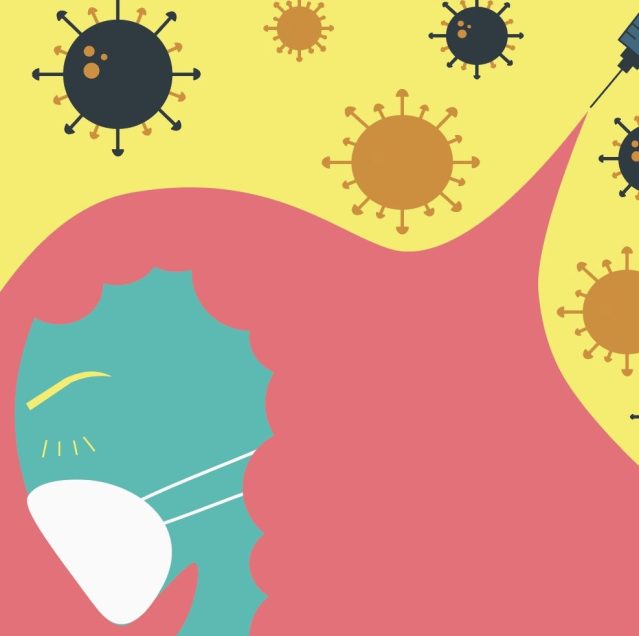COVID Fact Versus Fiction: Masks
What We Know and Don’t Know About the Most Hotly Debated Coronavirus Topics

There is a flood of new COVID-19 information available online and on social media every day, and not all of it is reliable. In this series, the Independent will try to separate common COVID myths and misconceptions from truth using information from the Santa Barbara County Public Health Department, Centers for Disease Control and Prevention (CDC), and World Health Organization, as well as studies from Johns Hopkins and Yale.
On August 6, the county health department adopted an indoor mask mandate, with county Public Health Director Van Do-Reynoso citing a growing case rate and data that showed 48 percent of cases are “community transmission” and 44 percent were “transmitted through close contact.”
One common argument against masks is that they present other health risks. Some say masks prevent proper oxygen intake and can trap carbon dioxide, affecting respiratory health, and claim medical exemption. While exemptions do exist, they are reserved for those who have a medical condition diagnosed by their physician.
According to the California Department of Public Health, those that are exempt from wearing masks at all times are children younger than 2 years old or “persons with a medical condition, mental health condition, or disability that prevents wearing a mask.” This includes persons with a medical condition for whom wearing a mask could obstruct breathing. The CDC states that “the prolonged use of medical masks when properly worn does not cause carbon dioxide intoxication nor oxygen deficiency.”
Sign up for Indy Today to receive fresh news from Independent.com, in your inbox, every morning.
Another common argument alleges masks are not as effective as advertised in stopping the spread of coronavirus. Mask efficiency can depend on material, design, and, most importantly, how it is worn. The CDC recommends masks that have “two or more layers of washable, breathable fabric” and “completely cover your nose and mouth.” Properly worn masks were found to be 79 percent effective in preventing secondhand infections, according to a 2020 Beijing study that tested households that had at least one member test positive for the virus.
According to the FDA, during the height of the pandemic, in September 2020, states with no mask-wearing policy or mandate reported a higher COVID-19 rate than those with a mandate in place. Case rates for states with “at least 75 percent mask adherence” in the previous month was 109.26 per 100,000 compared to 249.99 per 100,000 for those with less adherence.
While it is recommended in public areas with large groups of people, the CDC says it is okay to be unmasked in most outdoor situations. In all public transit, health-care facilities, and state buildings, masks are required by everybody over the age of 2 at all times.
Correction: This article has been revised to say states with no mask-wearing policy or mandate reported a higher COVID-19 rate than those with a mandate in place.
At the Santa Barbara Independent, our staff continues to cover every aspect of the COVID-19 pandemic. Support the important work we do by making a


